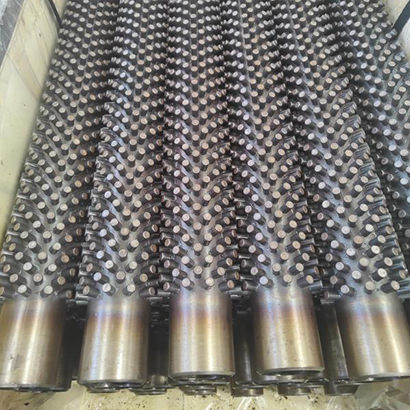Features
304L is a variant of 304 stainless steel with lower carbon content and is used for welding applications. The lower carbon content minimizes carbides precipitation in the heat-affected zone near the weld, which can lead to inter product corrosion (welding erosion) in stainless steel in some environments.
As a low C 304L steel, its corrosion resistance is similar to 304 steels under general conditions, but after welding or stress elimination, its resistance to grain boundary corrosion is excellent: without heat treatment, it can also maintain good corrosion resistance, using temperature -196℃~800℃. It is used for outdoor open-air machines in chemical, coal and petroleum industries with high requirements of grain boundary corrosion resistance, heat-resistant parts of building materials and parts with difficulty in heat treatment.
321 SS (UNS S32100) is a titanium stabilized austenitic stainless steel that features improved resistance to intergranular corrosion. This grade is suitable for high-temperature applications up to 1500°F (815°C), where the addition of titanium stabilizes the material against chromium carbide formation.
Since titanium has a stronger affinity for carbon than chromium, titanium carbide precipitates within the grain instead of forming at the grain boundaries. While corrosion resistance is similar to 304 and 304L in the annealed condition, it features higher creep and stress rupture properties, making it ideal for pressure vessels and boiler applications. 321 stainless steel is non-magnetic and heat resistant for continuous service at elevated temperatures.




















